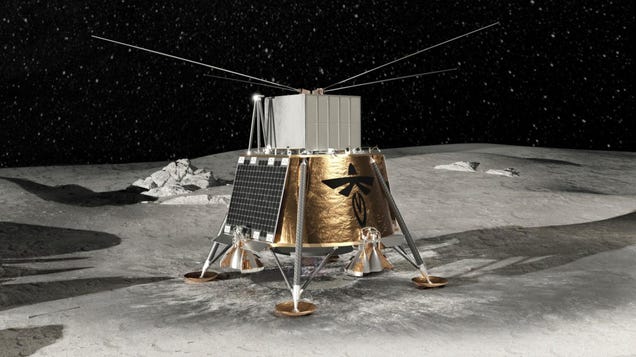
Texas-based Firefly has been tasked with placing a lunar lander on the far side of the Moon, where it will drop off a pair of communications experiments.

Texas-based Firefly has been tasked with placing a lunar lander on the far side of the Moon, where it will drop off a pair of communications experiments.

It’s been over 50 years since the final Apollo mission, but NASA’s ambitious Artemis program seeks to return humans to the lunar surface after that long absence. For that to happen, however, the space agency needs an updated Moon suit, the prototype of which will be revealed today.
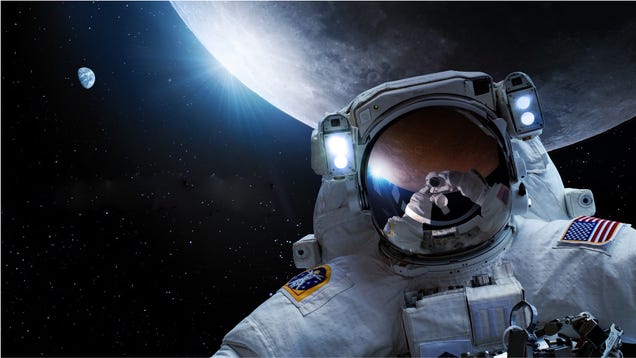
NASA is staying focused on the Artemis lunar program, its Moon to Mars objectives, and maintaining a presence in low Earth orbit as part of the agency’s proposed budget for 2024.
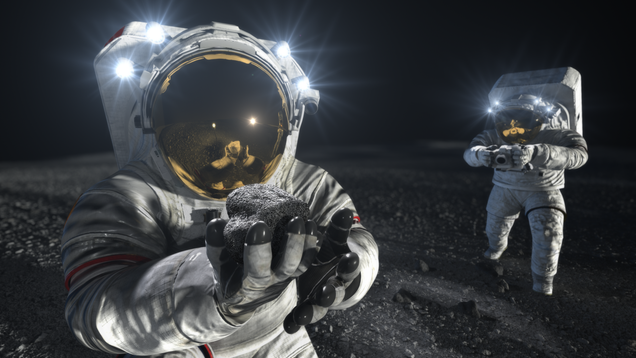
It’s been more than 50 years since astronauts first left their dusty footprints on the lunar surface, but humanity is finally going back to the Moon as part of NASA’s Artemis program. A lot has changed since the days of Apollo, which will likely be reflected in the new suits donned by those making the trip to the Moon…

Unprecedented access to space is leading to all sorts of cool new ideas, including the prospect of storing data on the lunar surface. Cloud computing startup Lonestar Data Holdings announced the results of its latest funding round, taking it one step closer to this very goal.

The Hakuto-R spacecraft won’t land on the Moon until April, but the private mission is already in the record books.
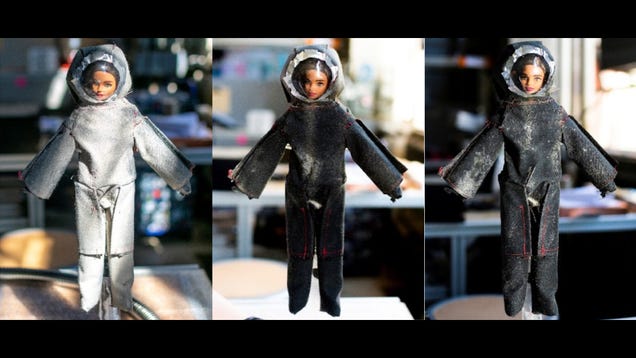
Pesky lunar dust is an annoying obstacle for astronauts landing on the Moon—it sticks to pretty much everything. New research from Washington State University may have cracked the code for keeping space suits dust-free, in which pressurized liquid nitrogen was used to literally blow the dust from surfaces.
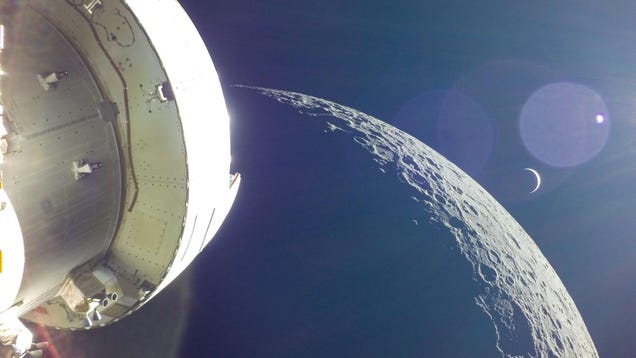
As the race back to the Moon heats up—with plans for long-term human habitation—reliable communication is a fundamental issue. With dozens of plans for experiments of various sizes and scopes needing to communicate with each other and Earth, the European Space Agency has opened a call for help in building the required …
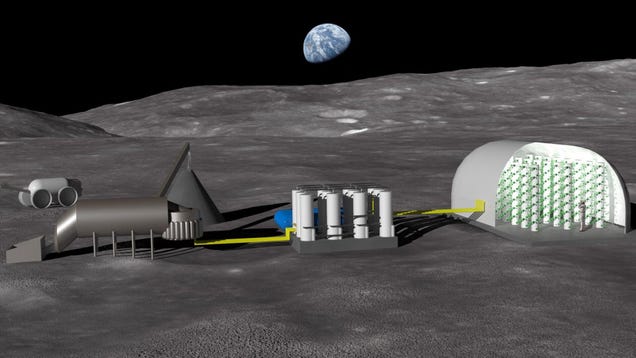
Lunar astronauts might have to get their overalls ready, because the Moon could be the next great frontier for agriculture. The European Space Agency and Norwegian lunar agriculture company Solsys Mining have teamed up on a project to study how lunar soil could be used to produce fertilizer.
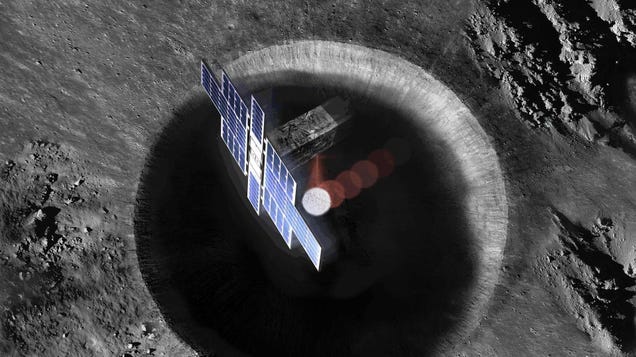
Lunar Flashlight’s journey to discover water ice on the Moon hasn’t been easy. NASA had to re-evaluate its original orbital plan on account of the probe encountering thruster performance issues and is now planning to move it to a high Earth orbit, from where the probe will only be able to scan the Moon once a month.